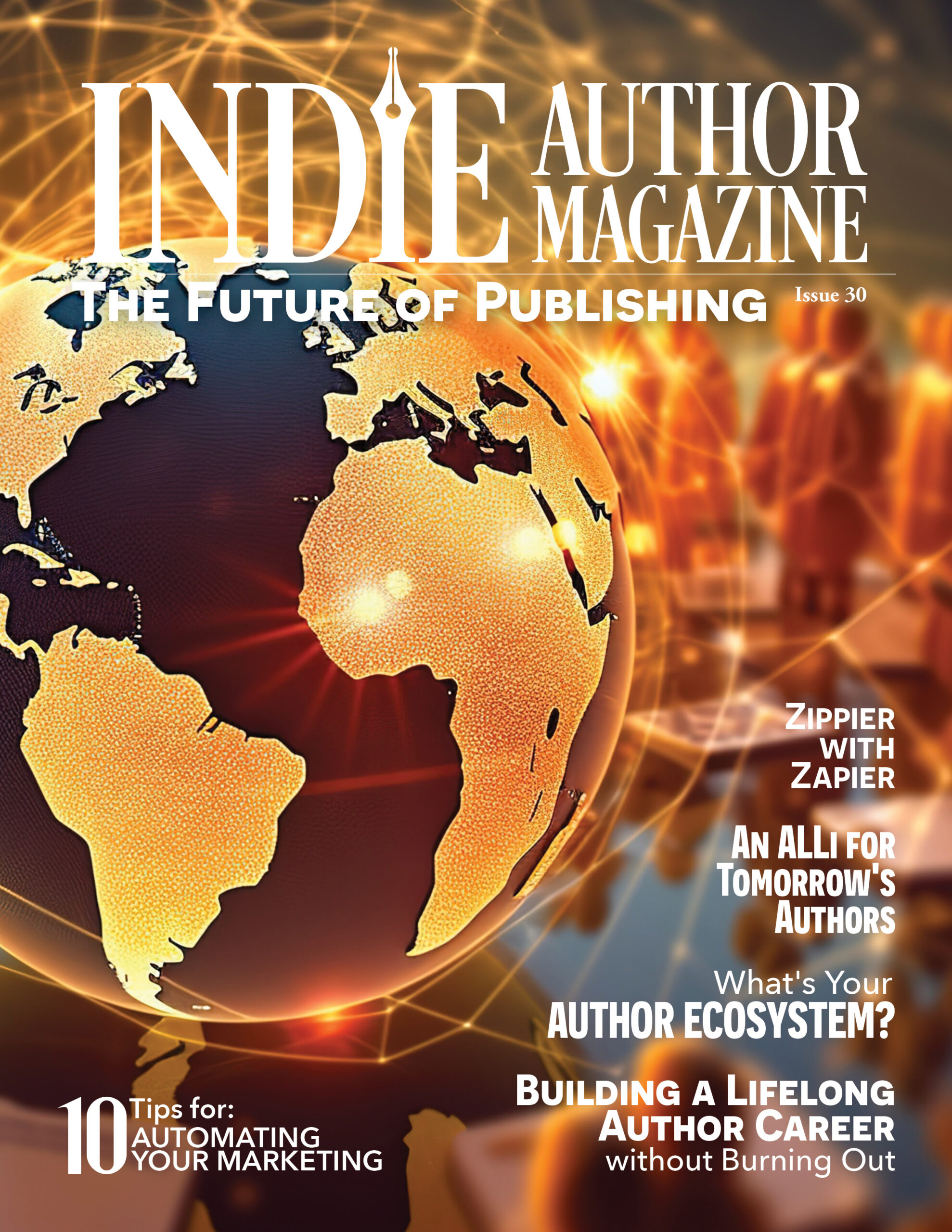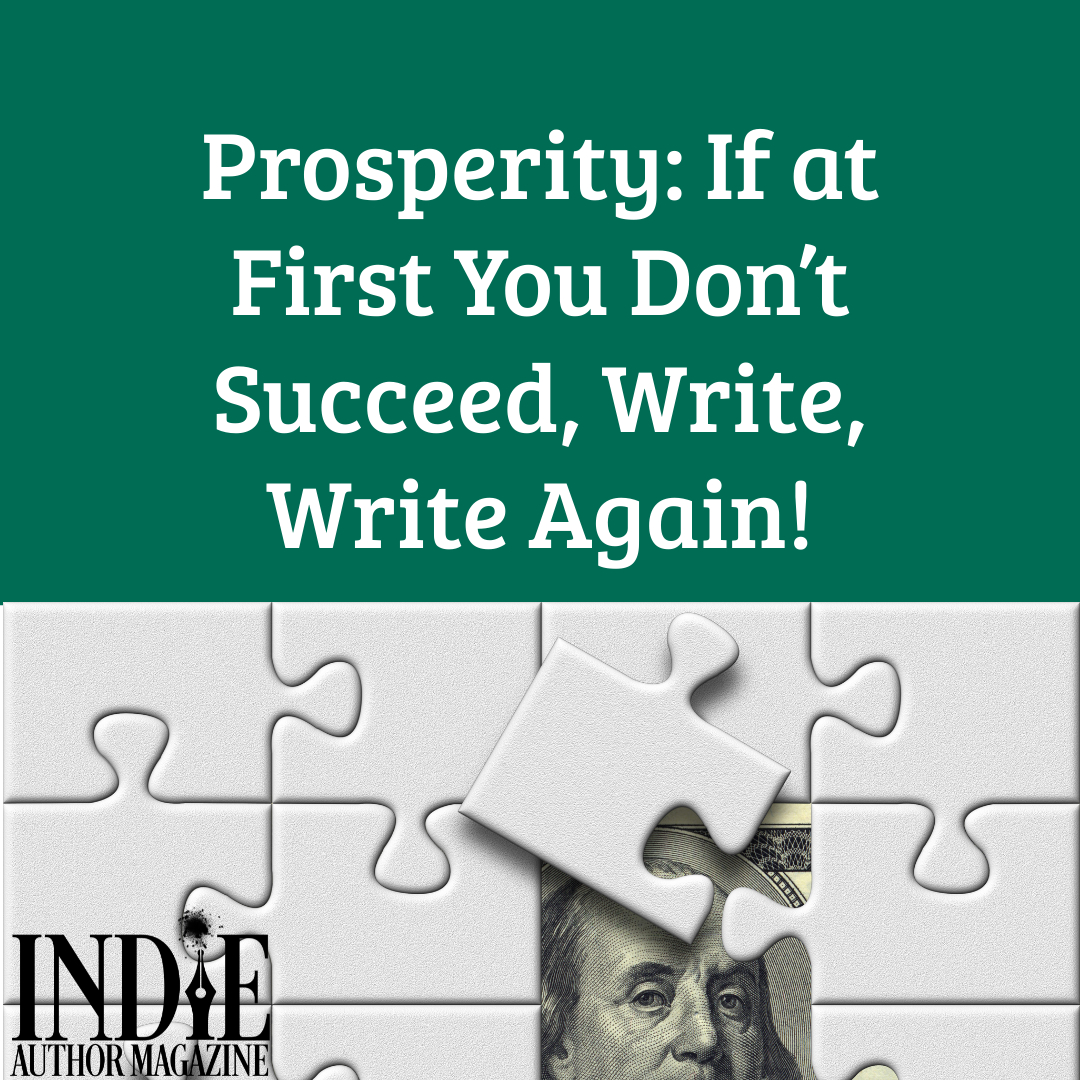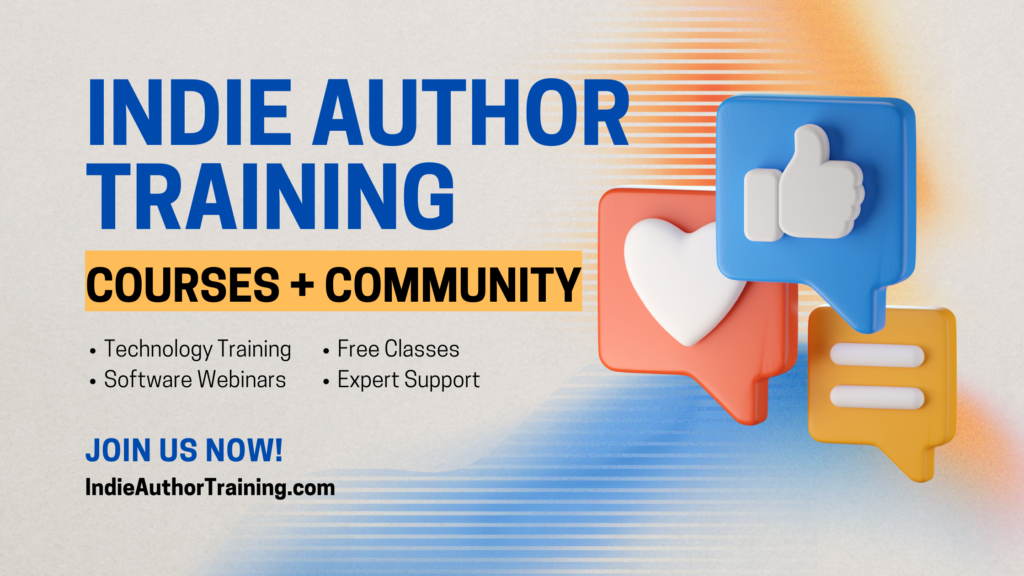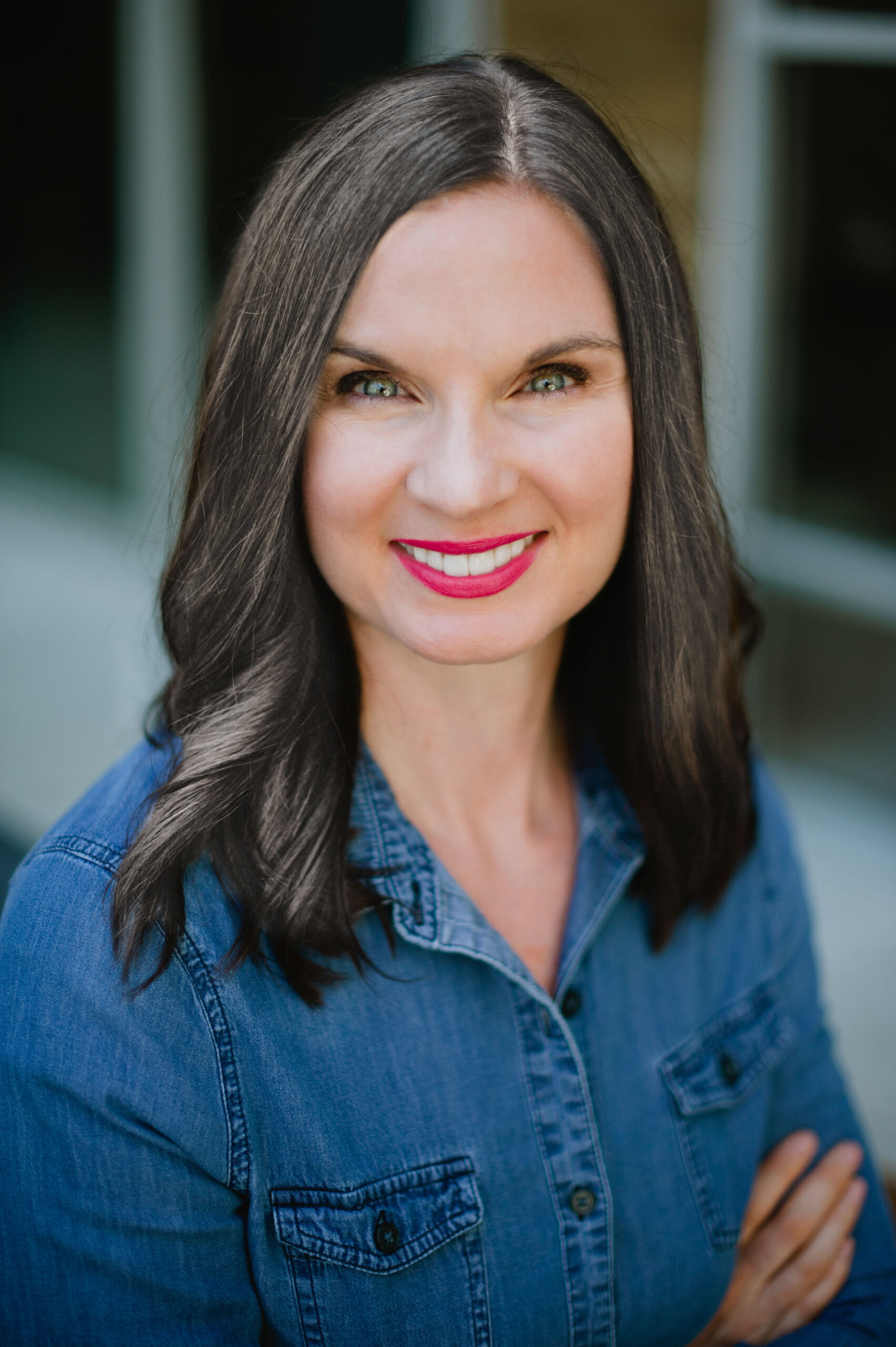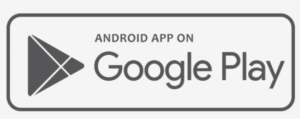Staring at a blank cursor can be even more stressful than staring at a low bank account balance.
But as someone very wise once said, you can’t edit a blank page.
I like to think about the words I write as money seeds I’m planting—I just have to patiently (okay, sometimes impatiently) wait for them to grow into money trees.
The good news, and I only like to share good news, is you can close your eyes—it’s easier to not see a blinking cursor with your eyes closed—and let the words flow through your fingertips.
It’s a challenge, I know, to write something that “isn’t perfect” (yet) or that we know needs a ton of work before it’s ready for the eyes of others.
Keep in mind every author must go through rounds of revisions after they complete their first draft. Every single author. My books go through a dozen rounds of review before I release them to the public.
Your first draft may not resemble your final draft—maybe not even a little. My most recent manuscript had eight different versions, each one growing, changing, and rearranging! The final draft, a.k.a. the book, hardly resembles what I started with.
Do you need to hear that I’ve written hundreds of thousands of words (read: seeds) that have yet to turn into money trees? Well, I have! But because I keep at it, keep refining my process, working on my writing, and marketing, and monetizing, and I don’t let any grass grow under my feet, I exponentially increase the likelihood my first drafts will turn into best earning books.
Plenty of people have written, and I’m sure many more will tackle the subject, about writing one’s first draft. Perhaps my point of view can add some perspective and hope all at the same time. Here is what I keep in mind when I’m working on a project’s first draft:
- In the beginning, I’m excited and I’m already visualizing my screenshot moment after I’ve typed THE END. For a social media post, of course.
- Usually, I’m off to the races on the outline, which comes fast and furious. This is followed by (again, in most cases) “easy words.”
- Then comes the point when the shiny has worn off. At this point, I follow these three steps for the first of many times:
- I review my production schedule and put my progress into perspective.
- I remind myself why I wanted to write the book in the first place.
- I take a quick glance at other projects to remind myself I can do this one, too.
- I keep my daily writing appointments with myself, even if that cursor does nothing but stare back at me.
- I keep writing until.
Number 5 can last for a while. I rarely finish my first drafts by my target date. Some are early; most are a day late. One is still “in progress” after waaaay too long! But—and here’s a big but that might help you—I refuse to give up. There’s no way I just decide to not complete a project, no matter how many times I have to come back to it, figure out what the heck I was thinking the last time I touched it, and press the reset button.
Why?
Because here’s the truth: you won’t reach your prosperous potential if you don’t complete the project and get it out into the world. Plan to work on your first draft until it’s finished, because when you do, you’ll be able to turn it into a revenue-generating asset!
